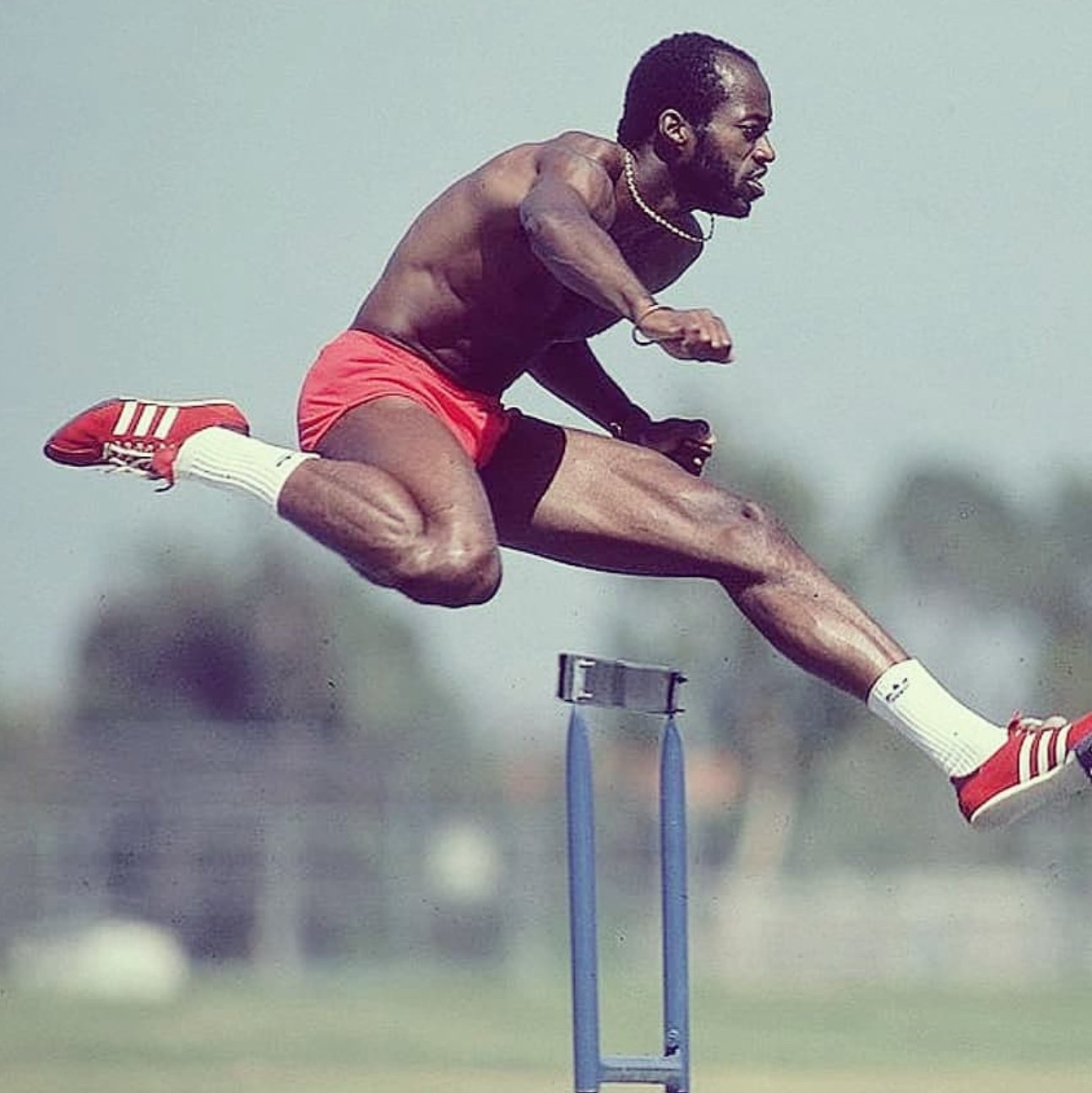The Morehouse Man Who Dominated the World of Track & Field
Edwin Moses isn’t just a legend of the track—he’s a testament to what discipline, intellect, and unshakable focus can accomplish.
A proud graduate of Morehouse College, one of the nation’s premier Historically Black Colleges and Universities (HBCUs), Moses didn’t just compete—he redefined his event, winning two Olympic gold medals and achieving one of the most awe-inspiring winning streaks in sports history: 122 consecutive victories in the 400-meter hurdles over nearly a decade.
Born on August 31, 1955, in Dayton, Ohio, Edwin Corley Moses didn’t start as a household name. He enrolled at Morehouse College in Atlanta, Georgia, not on an athletic scholarship—but on an academic one. Morehouse, a college without a track at the time, wasn’t known as a training ground for Olympians. Yet it was there, while studying physics and engineering, that Moses began to train seriously as a hurdler.
He taught himself the biomechanics of hurdling, analyzing film and data, crafting a scientifically optimized technique. The fusion of mind and muscle became his competitive edge.
Moses stunned the world at the 1976 Olympics in Montreal. At just 20 years old, he won the gold medal in the 400-meter hurdles with a world-record time of 47.64 seconds, demolishing a field of seasoned athletes. His performance signaled the arrival of a new kind of athlete—precise, analytical, relentless.
From 1977 to 1987, Edwin Moses was unbeatable. Over 122 races, he never lost. That decade of dominance included 89 Finals wins, world records lowered multiple times, and domination at world championships and major international meets.
This wasn’t just athletic superiority—it was consistency under pressure, a mastery of craft rarely seen in any sport. He perfected a 13-stride rhythm between hurdles, an innovation that gave him a smoother, faster path than his competitors. And he maintained his form year-round, staying healthy and razor-sharp.
Due to the U.S. boycott of the 1980 Moscow Olympics, Moses missed the chance to defend his gold. But in 1984, at age 28, he returned to the Olympic stage in Los Angeles and won his second gold medal, clocking in at 47.75 seconds. It was a masterclass in control, poise, and power. He became the oldest 400-meter hurdles gold medalist in Olympic history.
Moses didn’t just shine on the field. With a degree in physics and a passion for fairness, he became a leading voice in anti-doping efforts and sports governance. He served as chairman of the U.S. Anti-Doping Agency and worked with the International Olympic Committee on athlete eligibility and testing protocols. His intellect and integrity made him as respected in boardrooms as he was in stadiums.
As a Morehouse graduate, Edwin Moses stands as a symbol of HBCU excellence. He proved that world-class athletes can come from HBCUs. He never forgot his roots, often crediting Morehouse for shaping his discipline, his worldview, and his sense of responsibility to use his platform for good.
Edwin Moses is not just a two-time Olympic champion. He’s a renaissance man—an athlete, scholar, reformer, and role model. His 122-race win streak remains one of the greatest achievements in the history of sports. But his most lasting legacy may be the example he set: that with intellect, discipline, and unyielding focus, greatness is possible—from Morehouse to the world.
MORE FROM HBCU GRAD





